The features by which cars of the same brand were distinguished were previously characteristic only of premium class cars. The radiator grille of a Mercedes, the characteristic headlights of a BMW - who does not know such distinguishing features? Nowadays, even automakers that produce relatively inexpensive products are striving for a certain unification of models. Korean manufacturers were especially successful in this. And the matter is not limited to one platform common to several models. It is customary to bring "family features" like similar optics or a common appearance to cars built on a different platform. This is especially successful for KIA designers.
The common appearance of the models of this automaker is typical even for such different models as RIO and SORENTO. This is especially true of the updated version of this car. But, of course, the similarity ends there. Consider the technical characteristics characteristic of Chia Sorento 2013.
But first, a little history of the model. The first Sorento was presented to the public in 2002.
Then, under this name, a real SUV was produced, which has all the distinctive features of such cars - a frame, a powerful large-volume engine, and a manual gearbox. The drive on the first Sorento was full, hard-wired, or front. The car was equipped with ABS. Later, two automatic boxes were added - four- and five-speed. The design of the model was developed clearly with an eye on the American market.
The success of overseas sales forced Kia to take quite serious steps when updating the model four years later. The 2006 version lost the unpopular mechanics in the US, but acquired two new engines - both gasoline and both quite powerful.
Three years later, sales of the second generation Sorento began. It was a completely different car, and not only externally. Engineers abandoned the frame structure, and marketers - from focusing mainly on the American and Canadian markets. A new seven-seater body was introduced, a new gearbox, and the range of engines was also updated. The car became more economical, and the presence of a diesel power unit clearly spoke of a reorientation towards a more economical European buyer.
The new KIA was upgraded in 2013, and its sales started a year later. How is this car different from its predecessors?
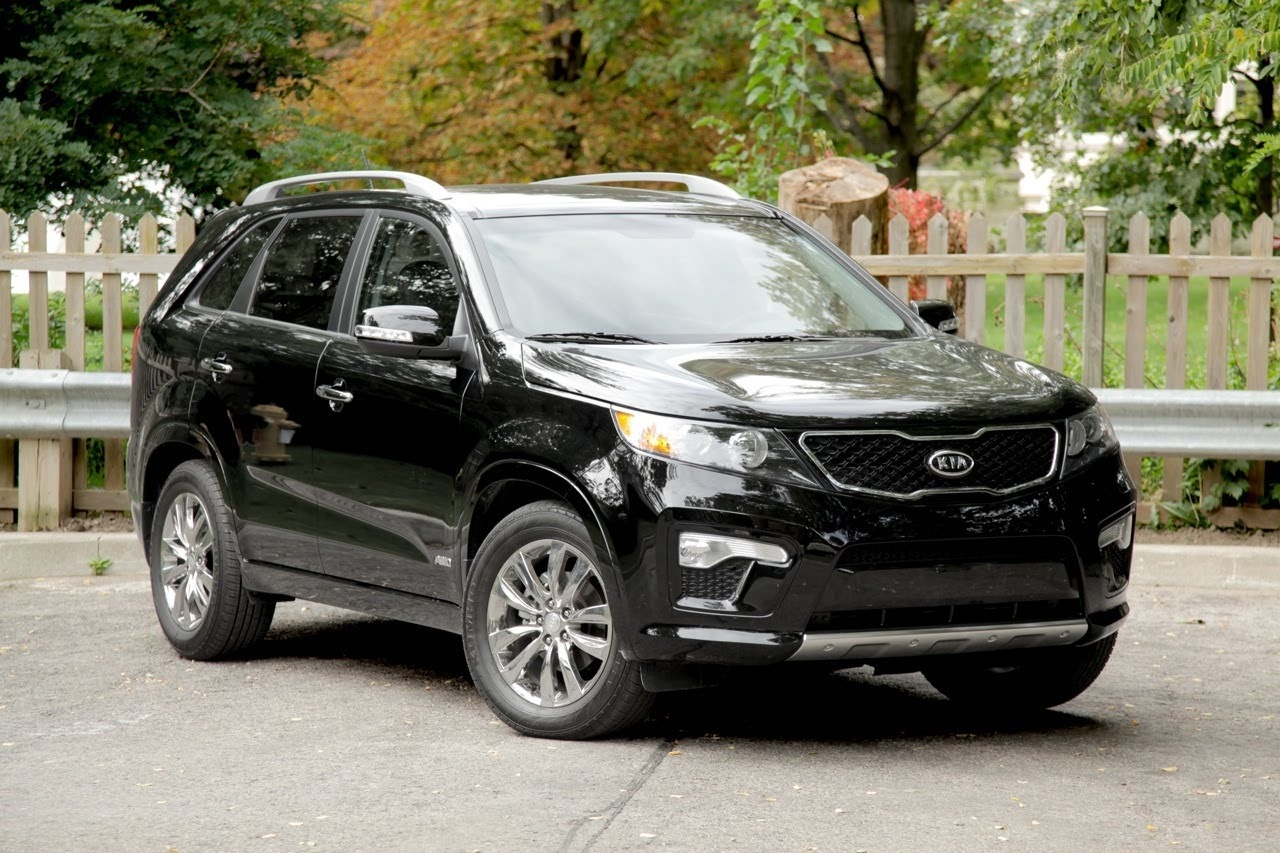
There were no cardinal changes here, but some details can still be seen.
For example, the headlights are now complemented by LED daytime running lights. The geometry of the bumpers has been changed, which have become much more elegant and received niches for foglights.
The radiator grille, or rather, a false panel imitating one, has also become a match for the bumpers.
She has become much narrower and more graceful.
The geometry of the rear bumper has changed, which also has fog lights.
Optics on the stern - also LED, has become more elegant and much more practical.
There will no longer be a lack of illumination of the rear plane.
From below, the car is protected by a special protective skirt made of unpainted plastic. This is a distinctive feature of the models supplied to the domestic market. In countries where roads are more friendly to the car and the driver, the Sorento is devoid of such a conspicuous detail.
The updated car is equipped with two different types of wheels. The most expensive versions get 19-inch alloy wheels, equipped with low-profile tires. Cheaper versions are content with 17-inch wheels and standard tires.
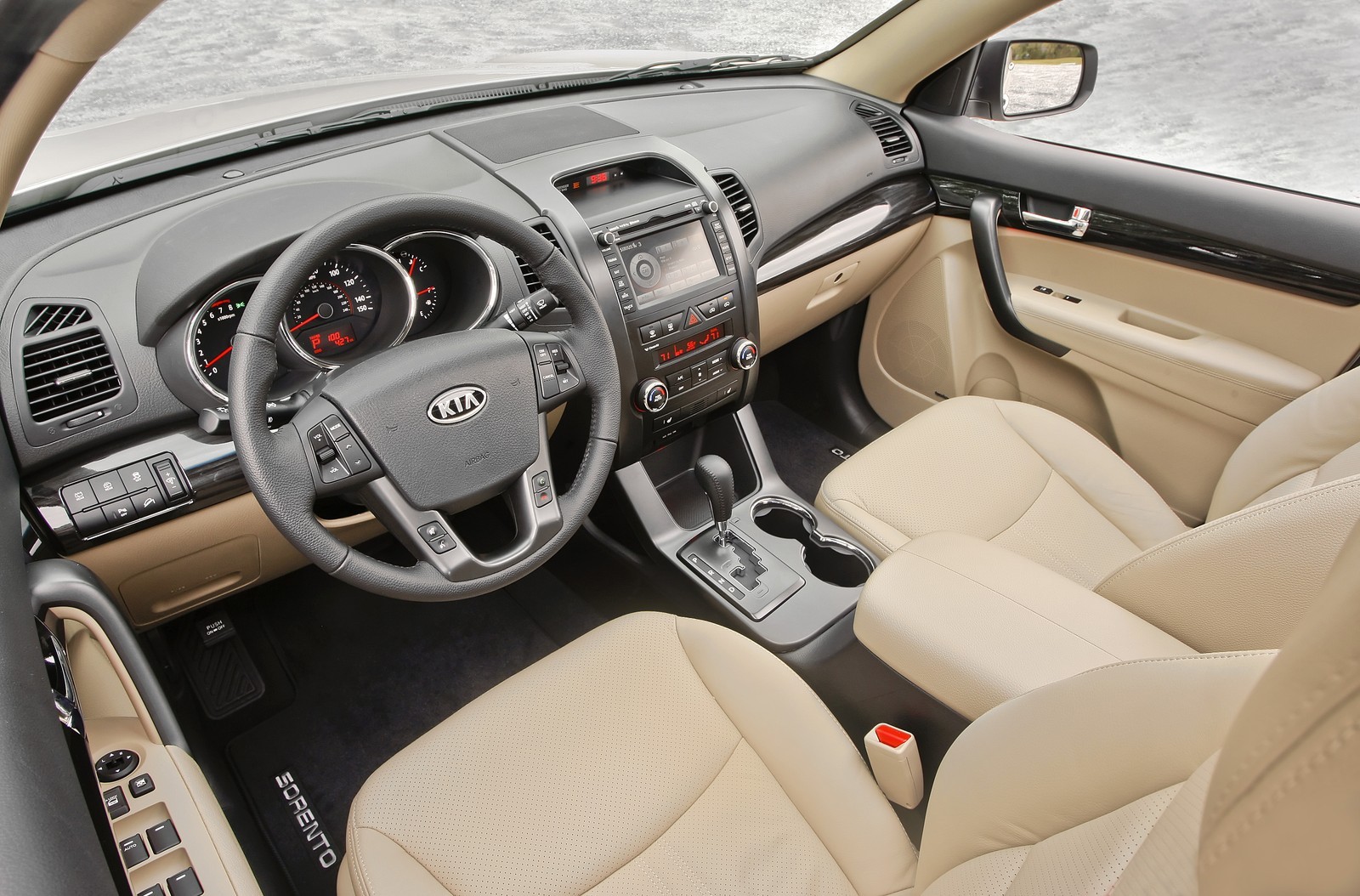
Much more significant are the changes that the car has undergone inside. Moreover, Korean specialists have changed not the appearance of the interior, which is notable for its good design and thoughtfulness, but its layout. At first glance, this is not particularly noticeable, but on the road, both passengers and the driver will appreciate it. A few extra inches overhead came from the new, lower floor. The second row of seats is moved a couple of centimeters away from the first row. The third row, available in expensive versions, is relatively spacious on the sides and legs, but there is still not enough headroom here.
The front panel at first glance also has not changed. And just looking closer, you see - it's not. The materials used in the cabin have been completely updated. They have become more pleasant to the touch, and outwardly look more expensive. The instrument lighting has changed, and the dashboard itself is now organized differently. So, a seven-inch color touch screen fits perfectly into the panel, which is pleasant enough for the eyes and responds well to control touches. The design of the center console as a whole has also changed.
The automatic transmission selector has become much more ergonomic, and the edging of the central tunnel is much more stylish.
The front seats have received a new profile. According to the manufacturer - providing better support and an increased level of comfort. The third row is now shaping up differently - it was to the process of transforming the interior of the pre-styling seven-seat version that buyers had certain complaints. Therefore, the folding mechanism was redesigned. Now it is enough to pull out a special tape - and the backs of the third row will lie on the trunk floor. At the same time, which is important, a perfectly flat surface without protrusions is formed.
In general, the interior has been changed exactly as it was necessary to achieve maximum comfort for passengers.

By the way, about the trunk. The luggage opening has become wider and, even more pleasantly, its geometry has changed.
Now, when loading oversized cargo, nothing will cling and interfere. And a slight increase in rear passenger legroom did not affect its volume.
The volume of the luggage compartment with the third row seats unfolded is 258 liters.
The folded third row significantly increases its volume. Then the trunk becomes 1047 liters in volume. However, even if such space is not enough, you can fold the second row of seats. In this case, the trunk volume will be 2052 liters. The advantage of the updated Sorento is the absolutely flat floor of the luggage compartment - both with the third row folded down and the second row of seats folded down.
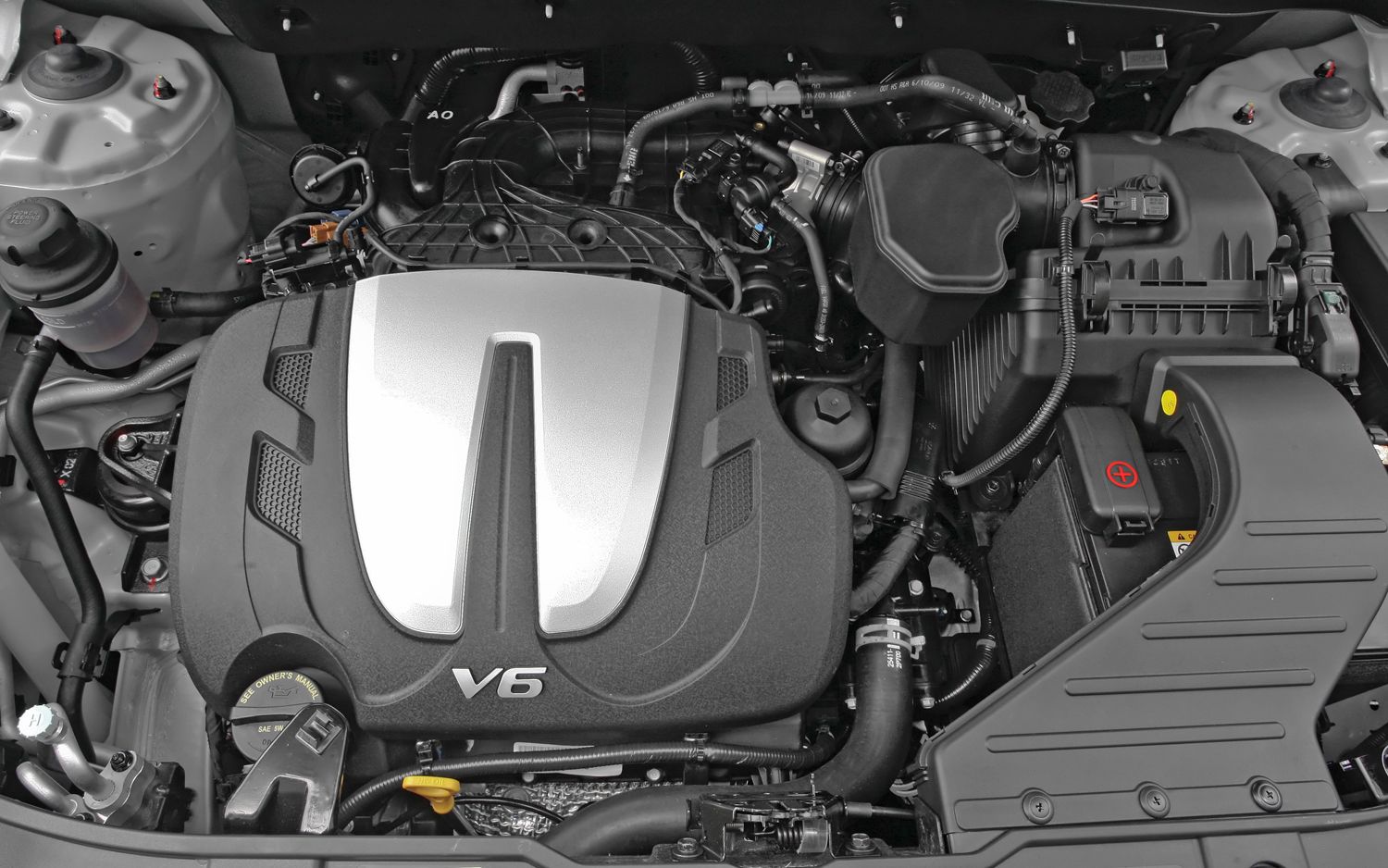
The model is distinguished by the presence of several options for power plants. There are three powertrains to choose from - two petrol and one diesel. Moreover, only two of them are supplied to our country. It is surprising that KIA did not follow the path beaten in this sense by other automakers. Instead of supplying us exclusively with petrol versions, complaining about the quality of diesel fuel, the company decided otherwise. Domestic consumers are available diesel and "junior" gasoline engine.
Let's start with diesel. The volume of this four-cylinder engine is 2199 cubic centimeters. Its power is 197 horsepower already from 3800 rpm, and the torque is 421 N / m. This allows you to accelerate a fairly heavy car to the first hundred in just 9.9 seconds. The maximum speed declared for this engine by the manufacturer is 190 km / h.
Happy fuel consumption. In mixed mode, the car consumes 6.7 liters per hundred kilometers.
On the highway, this figure can even reach 5.4 liters, if you do not put too much pressure on the accelerator pedal. The car will not ruin even with predominantly urban operation - the consumption figures declared by the manufacturer should be kept within 8.8 liters per 100 km.
The petrol engine also has four cylinders and a volume of 2359 cm3 and develops slightly less power - 175 l / s at 6000 rpm. Torque - 225 N / m, maximum speed - all the same 190 km / h. Its fuel consumption indicators are, of course, higher than those of a diesel unit. Such a car with a manual transmission consumes 7.2 liters on the highway, 11.5 liters in the city, and 8.8 liters of gasoline in the combined cycle.
It is necessary to fill the car with 95th gasoline, the volume of the fuel tank is 64 liters.
The automatic transmission further increases fuel costs. In the city, the all-wheel drive Sorento burns 12.5 liters of fuel, in the combined cycle - 8.8. But outside the city, the machine shows miracles of economy - subject to the normal speed regime, the engine consumes only 6.9 liters of 95th gasoline.
The “senior” gasoline engine is not supplied to our country - a 3.5 liter monster with six cylinders. The power of such a unit is 276 horsepower, and the torque is 336 N / m. A car with such an engine overcomes the mark of the first hundred km / h in 9 seconds, but the maximum speed is electronically limited at the same mark of 190 km / h. True, fuel consumption is much higher - a little less than 11 liters of gasoline in the combined cycle, 9 liters - on the highway and more than fourteen - in the city.
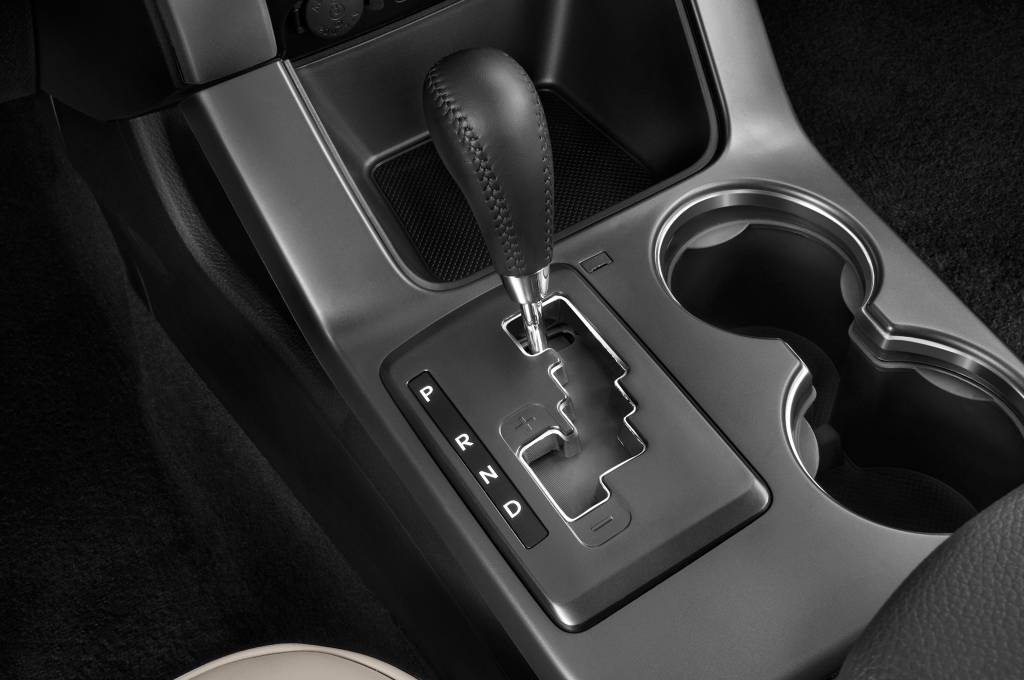
The choice of these units is quite modest. Either a six-speed manual or a six-band automatic is put on the KIA crossover. Both boxes were inherited from the pre-styling version, the units were not subjected to any changes or modifications. This is understandable - there were no complaints about their work. To finally save the buyer from the agony of choice, KIA engineers decided to supply the diesel version exclusively in tandem with an automatic transmission - mechanics are provided only for gasoline engines.
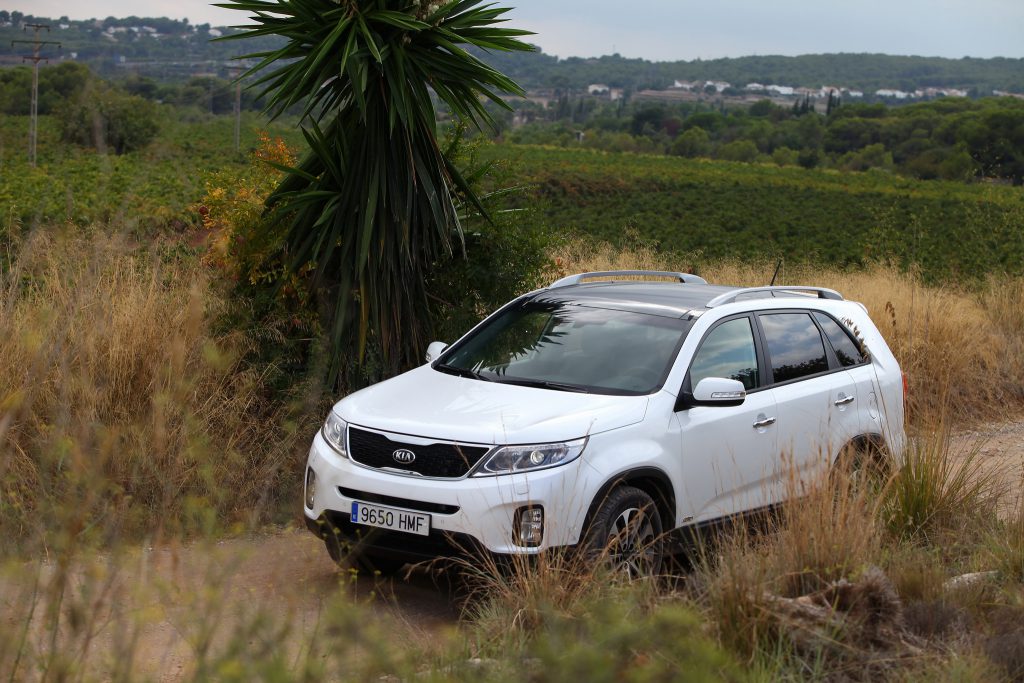
The restyled version does not differ from the previous ones in dimensions. The length of the car is still 4685 mm, the width is 1885 mm, and the height with roof rails is 1735 mm. A car not equipped with roof rails is 25 mm lower. The wheelbase of the car is 2700, and the ground clearance reaches 185 mm.
The main changes are in the selection of body materials and the placement of several additional power elements. Thus, the proportion of body parts made of high-strength steels has increased by a quarter, and a special spacer has been installed between the front shock absorbers.
These innovations made it possible to increase the torsional rigidity of the body by 18% at once. Thanks to this, the crossover has become more comfortable and safer, and handling has grown.
External body parts have not changed. Unless stylish selections were added on the sides - moldings. This is not only a design refinement, but a measure necessary to reduce the drag coefficient. Of course, cardinal improvements cannot be achieved with such an innovation, but the aerodynamics of the updated version provides a few percent of fuel savings.
Actually, this is all the changes that the car body has undergone, with the exception of the appearance on the fifth door of a stylish selection, which serves more design purposes than improving aerodynamic characteristics.

Certain changes have also occurred in the chassis of the car. No, no significant changes - as before, the front suspension is an independent spring, MacPherson design, with a stabilizer bar. The rear is a multi-link independent design, also equipped with a stabilizer. However, the suspension indicators were significantly improved by installing new parts. The updated crossover received new springs, subframes of a different design, and, most importantly, shock absorbers with the ability to change the degree of rigidity. All this made the car more collected, improved handling on the road and off it, but slightly worsened the smoothness of the ride.
The car is available with two drive options. You can choose between front-wheel drive or all-wheel drive. The front-wheel drive is intended primarily for deliveries to the United States and, to a lesser extent, to Western Europe. Only all-wheel drive versions of KIA Sorento are officially supplied to ours.
Four-wheel drive - pluggable. In a normal driving situation, in the city or on the highway, the front wheels are driving. But in the case of going to the primer, when the front wheels start to slip, the rear axle is automatically connected. At the same time, the car, for nothing that the SUV, has the capabilities of a "real" SUV. Working in tandem with an electromagnetic clutch, the electronic system by default distributes the torque in the proportion necessary for normal, slip-free movement. She works like this.
The electronic system constantly compares the speed of rotation of the front and rear wheels. If the speed of rotation of the front wheels begins to significantly exceed the speed of the rear wheels, then slipping occurs. In this case, the control unit gives the command to the electromechanical clutch to connect the rear axle, and the moment is distributed just enough to prevent slipping - no more and no less. As soon as the speed of rotation of the front wheels signals to the drive control system that the slip has ended, an automatic switch to front-wheel drive occurs. If necessary, up to 50% of the moment can be transferred to the rear axle, which, coupled with a sufficiently large ground clearance, brings the characteristics of this crossover closer to the capabilities of "real" SUVs.
Apparently, the pedigree is felt - the first series of the model had an absolutely off-road body.
However, do not forget that the KIA Sorento lost its frame a long time ago.
You can also use the system that activates the Lock Mode. The electronics cannot select this mode of operation of the clutch, it must be turned on by the driver. This mode is designed to overcome the most difficult sections of the track, when the conventional control system can not cope. If LOC MOD is activated, at speeds up to 10 km / h, the rear-wheel drive is rigidly blocked, and up to 55% of the torque is transmitted to it. In this case, the moment is distributed equally between the rear wheels, for which a special multi-plate clutch is used. The faster the car moves, the more torque is distributed to the front axle. At speeds above 30 km/h, the rear wheel clutch ceases to act like a locked differential, and at speeds above 40 km/h, the mode is automatically deactivated. However, it is worth the driver to reduce the speed to 40 km / h - and the Lock Mode will turn on again.
Thus, the technical characteristics inherent in the chassis of the Kia Sorento make this car very convenient for operation in the suburbs and rural areas.
Brakes, both front and rear, disc. At the same time, the rear brakes are equipped with ventilation, regardless of the version of the car, and the front ventilated ones are not provided even in the most expensive, luxury versions.
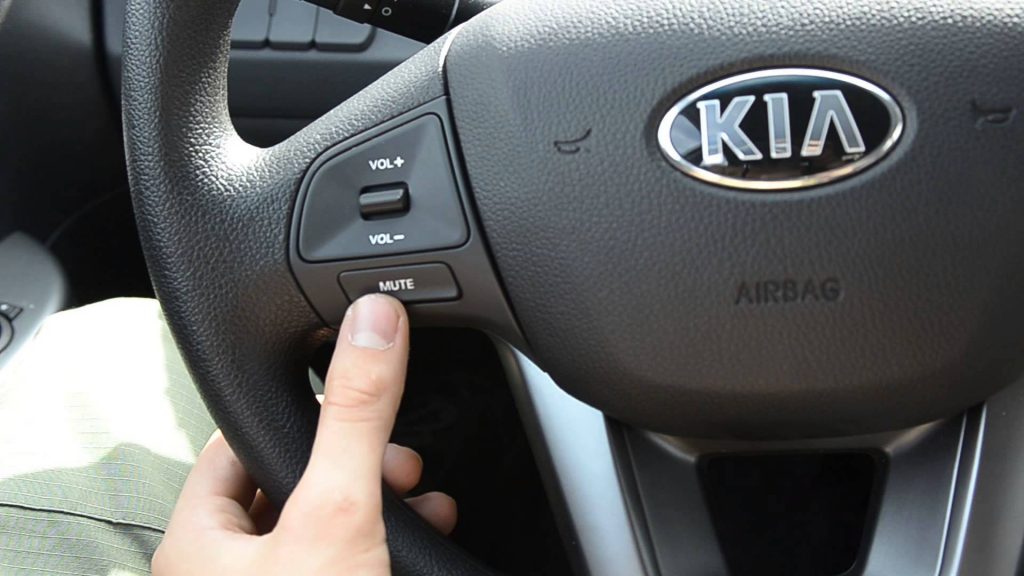
The steering of the car is rack and pinion. An electric power steering with three-band adjustment, traditional for modern cars of this class, is installed on the rail. The Flex Steer system is responsible for adjusting the steering characteristics, which helps to select the most suitable driving mode for the driving style. Comfort, Sports and Normal modes are provided.
The choice of COMFORT mode is justified when driving in heavy city traffic or while performing parking manipulations. In this mode, the operation of the electric booster is aimed at minimizing the effort on the part of the driver required to turn the wheels. Of course, this reduces the sharpness of control and steering feedback.
SPORTS mode makes the steering wheel quite elastic. Now, to turn it, you need to make some efforts, but the control becomes much more informative and polished.
This mode will delight fans of a sporty driving style. And on the country road, the sport mode will help you better control the car at high speed.
NORMAL mode is a choice of settings between comfort and sports steering wheel. Perfect for daily driving in a small town or outside it, in the suburbs, where there is no heavy traffic, but the condition or length of the roads does not make it possible to develop a sufficiently high speed.
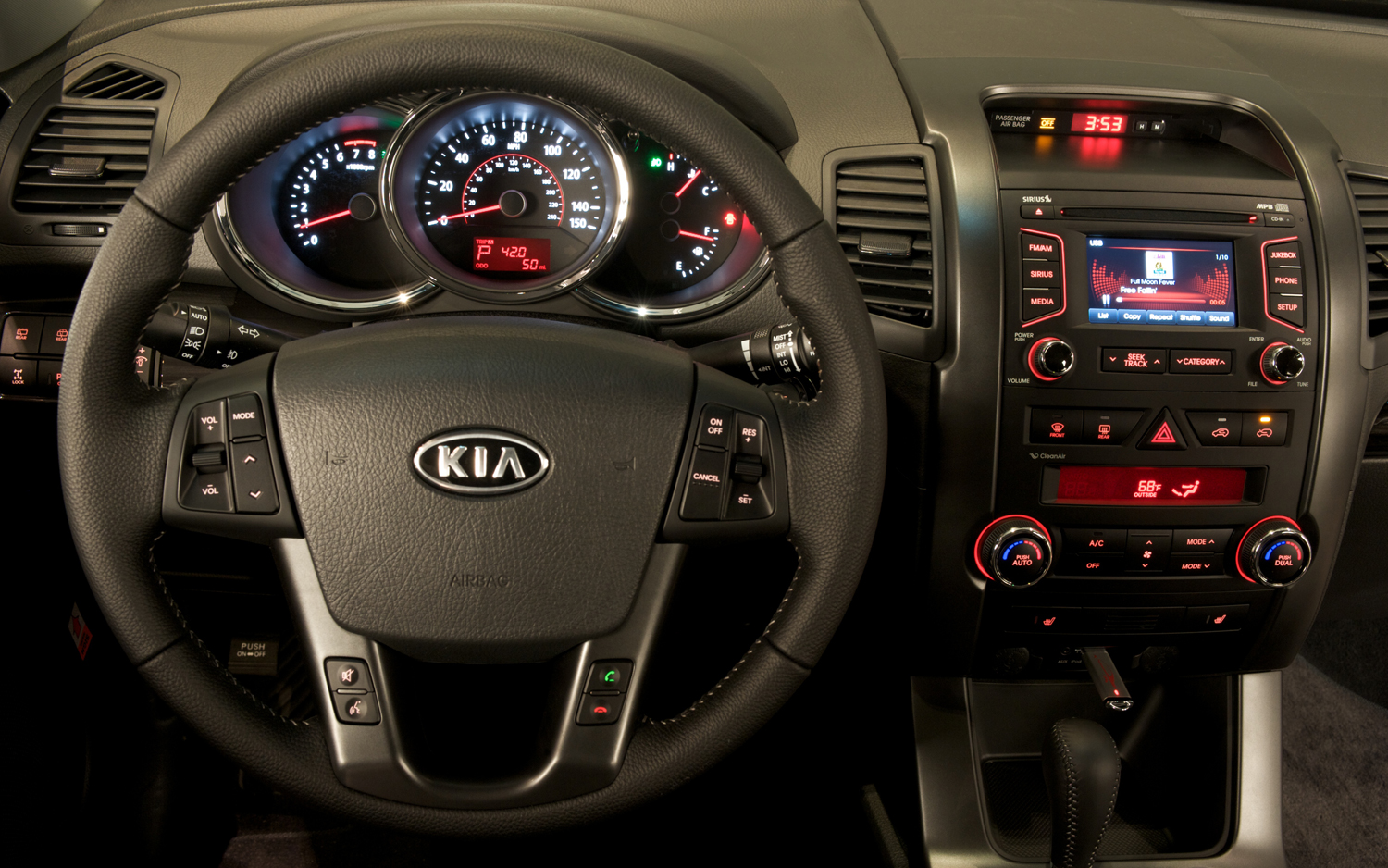
The lack of a variety of electronic systems designed to make driving safer, easier and more enjoyable, KIA Sorento does not know.
Vehicle lighting is adaptive. While driving, the electronics monitors the trajectory and speed, and turns the headlights in the direction of the car, which improves the illumination of the front plane.
In city mode, a parking assistant is useful. Special ultrasonic sensors monitor the presence of free parking space. Next, the automatic parking system is activated, which controls the angle of the steering wheel. All that is required of the driver is to work the gas and brake pedals.
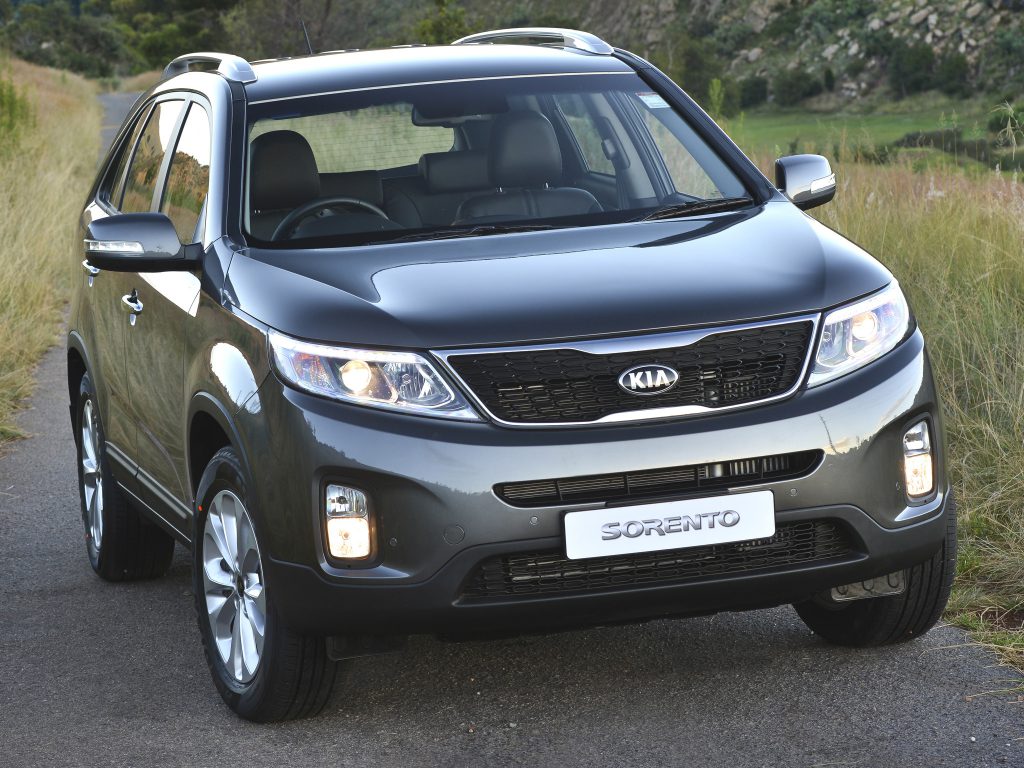
Thermal comfort is provided by separate climate control, controlled both from the center console and steering switches, and from the panel accessible to rear passengers.
The first and second row of seats can be equipped with a heating system. In addition, the front seats are equipped with a ventilation system.
The steering column is adjustable in two planes. Adjustable for tilt and reach. The height of the driver's seat is also adjustable, however, manually.
All windows are equipped with electric drive, as well as rear-view mirrors. In addition, the mirrors are also equipped with an electric heating system that effectively fights against snow sticking and icing of the mirrors.
Cars equipped with a panoramic sunroof are available as an option. The sunroof has an electric drive, and is also able to change the degree of dimming depending on the lighting.
Safety is ensured by the presence of an anti-lock braking system, brake force distribution, directional stability, brake assist and hill start assist.
Airbags are provided for both the front and rear seats. In more expensive trim levels, curtain-type side airbags are added.
All vehicle configurations are equipped with a very high-quality audio system. The most indicative level of audio preparation of the most comfortable version of the SX. The head-mounted multimedia device is sounded by ten high-quality loudspeakers working with the amplifier providing surround sound. The total maximum system power is an incredible 550 watts.
![]()
In general, the updated KIA SORENTO has become more interesting, more mature and more comfortable just as much as it was required. It will not be a revelation compared to the pre-styling version, but any motorist who has the opportunity to compare the new and old models will understand that this car has become more convenient.
Excellent dynamic performance of the engine, a large and comfortable interior, ergonomic controls and comfortable seats - all this provides the new Sorento. Another undoubted plus is the abundance of trim levels. The machine is offered in three configurations, with two types of power plant and gearbox, and the variety and quality of additional equipment will satisfy even the most demanding consumer.
